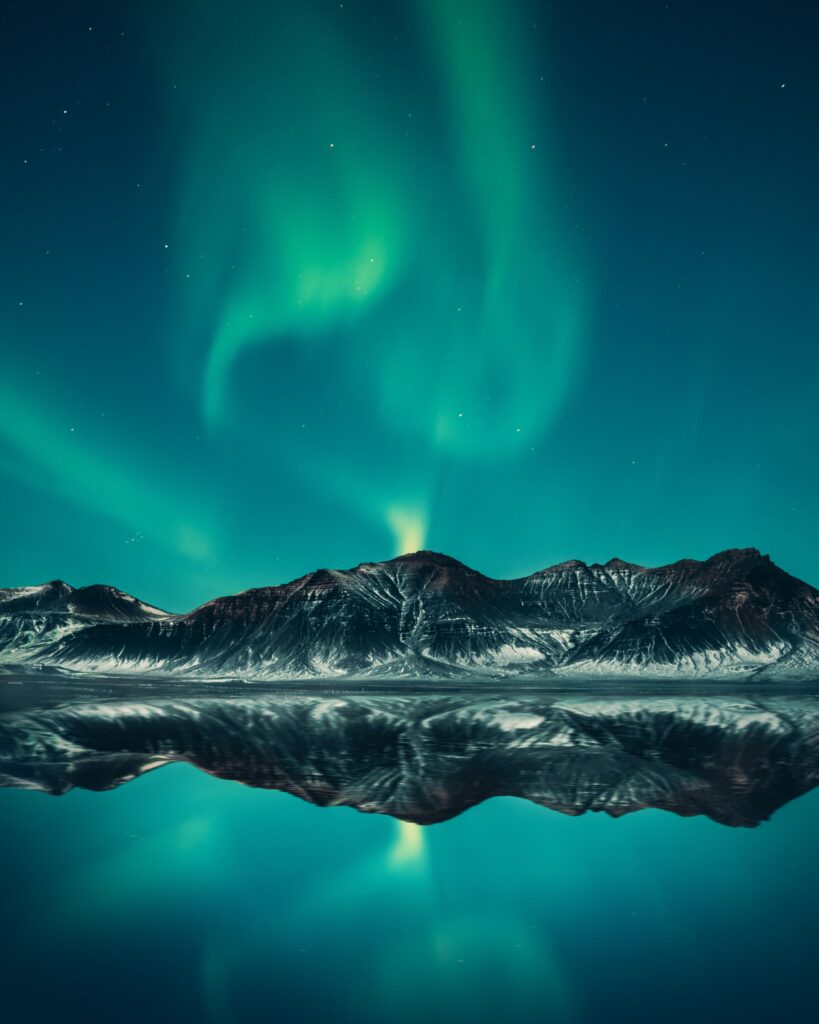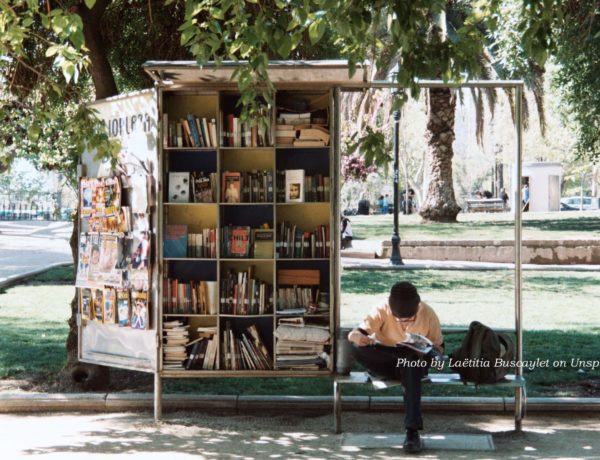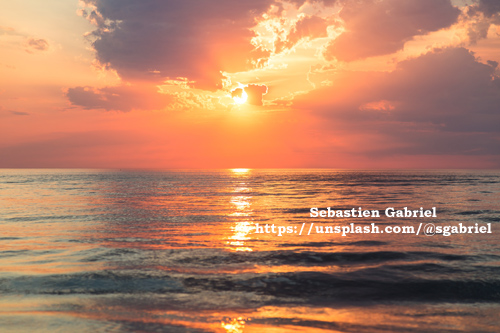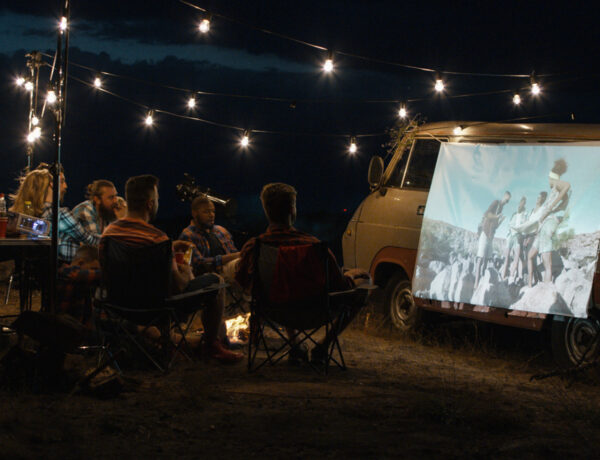First and foremost, never, ever use their images. Which of course is why there are no Disney images or soundtracks linked or shared here. That’s fine, much of what Disney does is iconic and well within the cultural memory of more than one generation. You can always Google my references. Although, I must warn you, the brightly colored animations may have been written with a message you didn’t see as a child. Well, that’s why we’re here.
My first clear memory of a Disney production was the release of Sleeping Beauty in 1959. This was the first film photographed in the Super Technirama 70 widescreen process. Not necessarily a good thing for me because if I was too close to the screen, technicolor always gave me a horrible headache. In any case, the film was history making, even for me. I recall that my mother made me a plum satin dress with a white lace pinafore for the occasion. Daddy was taking me to the movies and a person dressed up for such things back then. I don’t remember much else about that night, other than the brilliant colors dancing across the screen (and bouncing in my head) and that dress.
The second Disney moment for me was when I first saw Living Desert, released in 1953 (I wasn’t around then). I remember what felt like an exquisite combination of animation and real-life photography. Photography that would have fit well on any team that Attenborough ever assembled. I was quite mesmerized by the detail and presentation. There were other films in this series which I haven’t seen. Might be something to check out.
I’ve enjoyed many of the Disney products through the years, some entertaining, some thought provoking from a grown-up point of view. I remember the first time I caught pieces of Bambi. I was in a roomful of children and sitting and watching wasn’t an option, but what I saw brought me up short. Bambi was released in 1942 and, from that perspective, was way ahead of its time. After all, Silent Spring wasn’t published until 1962, so most of the environmental work at the time was being done by organizations like Sierra Club, founded in 1892 by John Muir and fellow preservationists. I was and always have been a naturalist. Admittedly, it took me some time to fully embrace climate change and related topics, but I did the research and found myself solidly in the camp of preservation. The problem with Bambi is that it was skewed terribly hard in one direction. Men were evil, Bambi was life incarnate. There was no attempt to introduce humanoid beings that cared or those who depended on the forest for their own livelihood. I was terrified of what notions this was pouring into inquisitive, child-like minds. Bambi, to me, was pure propaganda.
From that time on, I chose to take Disney with a grain of salt. Don’t get me wrong, there are many stories I treasure in the Disney portfolio. Moana is charming, Mulan spell binding, Lion King enduring, and a whole collection of just plain fun fills their treasure chest of animation and live-action films. I think, though, Disney started to learn something along the way. Perhaps they realized their early attempts at social justice were cloddish and did more harm than good. Over the past few decades, I think they have learned to listen.
I do know that the story of Pocahontas (1995) was fabrication for the benefit of the story line and the music. Although the song, “Colors of the Wind” calls to something deep in me and I am always moved. Somehow, I was able to leave the propaganda ghost behind and fall in love with a song that slammed commercialization, colonization, and all that other baggage while it opened up a world filled with color and purpose—and life.
And then there was the kerfuffle over The Hunchback of Notre Dame (1996). At first, I was in the eye-rolling group. From what I was hearing, people were upset over representation of the disability of Quasimodo and of the heritage of Esmeralda. Disney took a lot of liberties with Hugo’s plot, and therein lies the issue—eye-rolling has ceased, I get it now. You see, the faction upset about the portrayal of Quasimodo was upset because of the license taken with the story line. The valiant captain of the animation was a dirtbag in the novel. In the novel there is no scene where Quasimodo tenderly entrusts his love into the hands of the dashing “good guy.” In the novel, the lovely Esmeralda dies, and Quasimodo seeks out her grave and dies with her. As noted in the article, not a catchy tune moment. The point, then, was that Disney’s portrayal was that the gypsy girl got to run off with her handsome suitor while poor bent Quasimodo was left with the gargoyles.
The other issue raised was the portrayal of the Romani. Well, I’m one quarter Roma (maternal grandmother) and the fact of the matter is that Romani have been third-class non-citizens throughout Europe for centuries. I would dearly love to see the Romani portrayed through their rich culture showing the good as well as the not-so-good. The latter developed as an art of survival in a world where the people were denied access to land or shops. Even with that, the paths ran deep to the herb-makers, fortunetellers, and dancing girls of the night. Again, there is music that calls me. “God Help the Outcasts” by Esmeralda still pierces my soul.
I think, though, the big production company that is swallowing other production companies whole is, well maybe learning something of late. I say this because I have fallen completely in love with Elsa and Anna. Enough so that I will watch their stories over and over again. Not just for the music, but because there is a drum beat of working to fairly and accurately portray the culture that provides the framework for the story.
For Frozen II (2019), Disney went to the Sami peoples of the Arctic and agreed to work with them to more accurately portray their culture, dress, and music. The opening chant in Frozen II recalls an ancient song which was banned when the Sámi were Christianized. Now, they, as are other indigenous peoples, are reaching back into their history and rebuilding from tradition. Something that warms me to my toes. The photo used for this piece is by Benjamin J. Suter posted on Unsplash. You can find him here: https://unsplash.com/@benjaminjsuter. It portrays what I believe Ahtohallan might look like in this world.
There are two important themes that keep calling me back to Frozen II. One is the lullaby, Ahtohallan is haunting and touches the minor keys I love so much. The core of the song is the river of memory where we can discover the past, but where our search for the past may destroy us. “Where all is lost, all is found” could whisper in our ear about our current struggles with the past. How do we find the path to recognition, reconciliation, and future growth? What is found at Ahtohallan is the depth of deceit that created the current well being of one group versus the isolation and reduced well being of another. Wikipedia calls the dam a subplot—in my opinion, it is the core.
That takes us to Anna’s song about the next right thing. The phrase pops up several times in the movie, but it reaches a crescendo in Anna’s song of despair and grief. What does one do when all hope is gone? One does the next right thing. And when that is done, you do the next. This, to me, is Disney matured.
I may finally be old enough to learn from Disney’s heroes and heroines. Perhaps we can hope the process is mutual. What I do know is that if you take my hand, we can venture together off into the unknown. There we can find and do, the next right thing.




No Comments